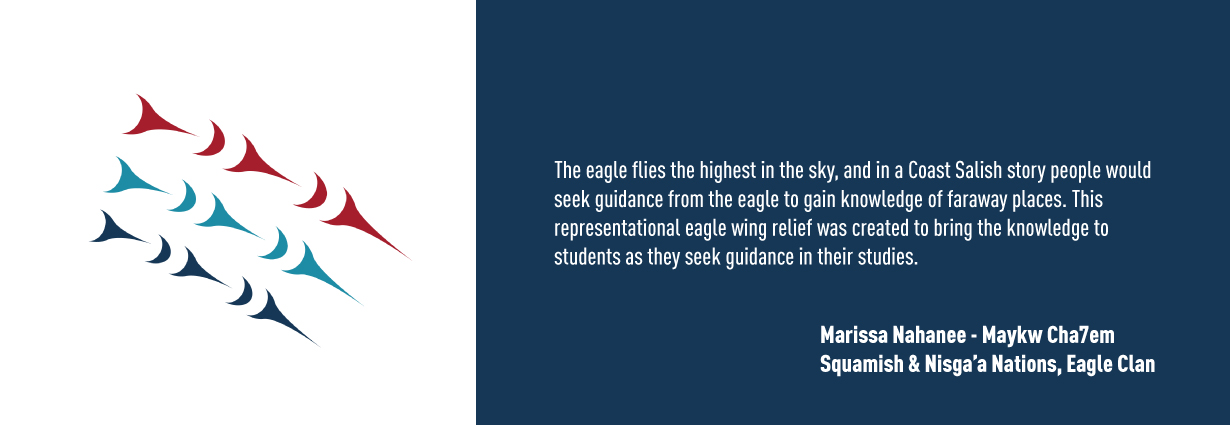
Clam gardens of west coast communities: Food source, governance, and knowledge-sharing
The Clam Garden Network teaches us about the clam gardens are found along the west coast from Alaska to Washington State (from Clam Basics). These gardens were used “to enhance shellfish productivity and to feed the people” (from Home). Clam gardens teach us not only about clams, but also about "marine systems, cultural values, cosmology, economics, and the importance of family” (from Home). Clams not only provided a protein and vitamin rich food source, but they were also trade items and “feature prominently in origin stories, rituals, and songs” of coastal communities (from Clam Culture).
This website offers knowledge from Clam Garden Network members who “see clam gardens as a compelling focal point for a series of linked current social issues, such as food security, First Nations governance, and inter-generational knowledge sharing” (from About Us).
Connected bays of Heiltsuk territory: Húy̓at
With the Húy̓at: Our voices, our land site, the Heiltsuk and collaborators “invite you to explore the beauty and depth of Húy̓at’s history, and in doing so, to explore the past, present, and future of the Heiltsuk people” (from About).
Located in Heiltsuk territory, Húy̓at is “several socially and geographically connected bays on northern Hunter Island, located in what is known today as the Central Coast of British Columbia” (from the homepage). These bays are a network of culturally important locations and the site where C̓uṃ́qlaqs gave birth to wolf children. “From mountaintop to ocean floor, Heiltsuk history and identity are rooted to and embedded in the memories, oral traditions, place names, geological features, archaeological sites, and gardens and orchards of Húy̓at” (from the homepage).
Digital Sq’éwlets: Learning about Qithyil, the ancestral site of the Sq’éwlets People
On the Digital Sq’éwlets site, the Sq’éwlets people introduce themselves and share about a project located at Qithyil, one of the commuity's ancestral sites. Known as the Sqwōwich, People of the Sturgeon, Sq’éwlets is a Stó:lō-Coast Salish community located where the Harrison and Fraser Rivers meet. This website is a virtual representation of Qithyil. The belongings from Qithyil are located at three organizations, and the purpose of this website is to “bring the belongings from Qithyil together in one place, both to learn from and to share our story” (from Stámés / About).
Digital Sq’éwlets uses Traditional Knowledge (TK) labels to “help people outside our community understand the importance and significance of our cultural heritage” (from Traditional Knowledge Labels). The labels are used "to help educate visitors to this website about the rights and responsibilities related to Sq’éwlets knowledge and cultural heritage” (from Traditional Knowledge Labels).
To learn more about TK labels visit Local Contexts.
Xwe’etay / Lasqueti: Collaborating to respect and protect Indigenous heritage
The Xwe’etay/Lawqueti Project’s goal is “to find respectful and meaningful ways to turn around this trajectory of heritage destruction” (from Xwe’etay Project), recognizing that much of the island’s Indigenous history is at risk for being lost or destroyed. This work is strengthened when done in collaboration between the settler inhabitants of the island, and the First Nations who have cultural ties to the place. 14 First Nations have a cultural connection to Xwe’etay, and the island is part of Tla’amin Treaty Final Agreement (from FAQs). Five out of the 14 communities are actively involved with this project (from Xwe’etay Project).
Xwe’etay / Lasqueti Island is an off-grid island in the Salish Sea, located off the eastern coast of Vancouver Island, and accessible by a passenger ferry from near Parksville, BC (Wikipedia, n.d.). The name Xwe’etay translates to yew tree (from Our Logo).
References
Findlay, D. [Skwxwú7mesh]. (2023). Becoming the imperfect friend: Sḵwx̱wú7mesh and contemplative pathways to healing and reconciliation in higher education. Journal of Contemplative and Holistic Education, 1(2). DOI: https://doi.org/10.25035/jche.01.02.01
Kirkness, V. J. [Cree], & Barnhardt, R. (1991). First Nations and higher education: The four R's — Respect, Relevance, Reciprocity, Responsibility. Journal of American Indian Education, 30(3), 1–15.
Wemigwans, J. [Anishnaabekwe]. (2018). A digital bundle: Protecting and promoting Indigenous knowledge online. University of Regina Press.
